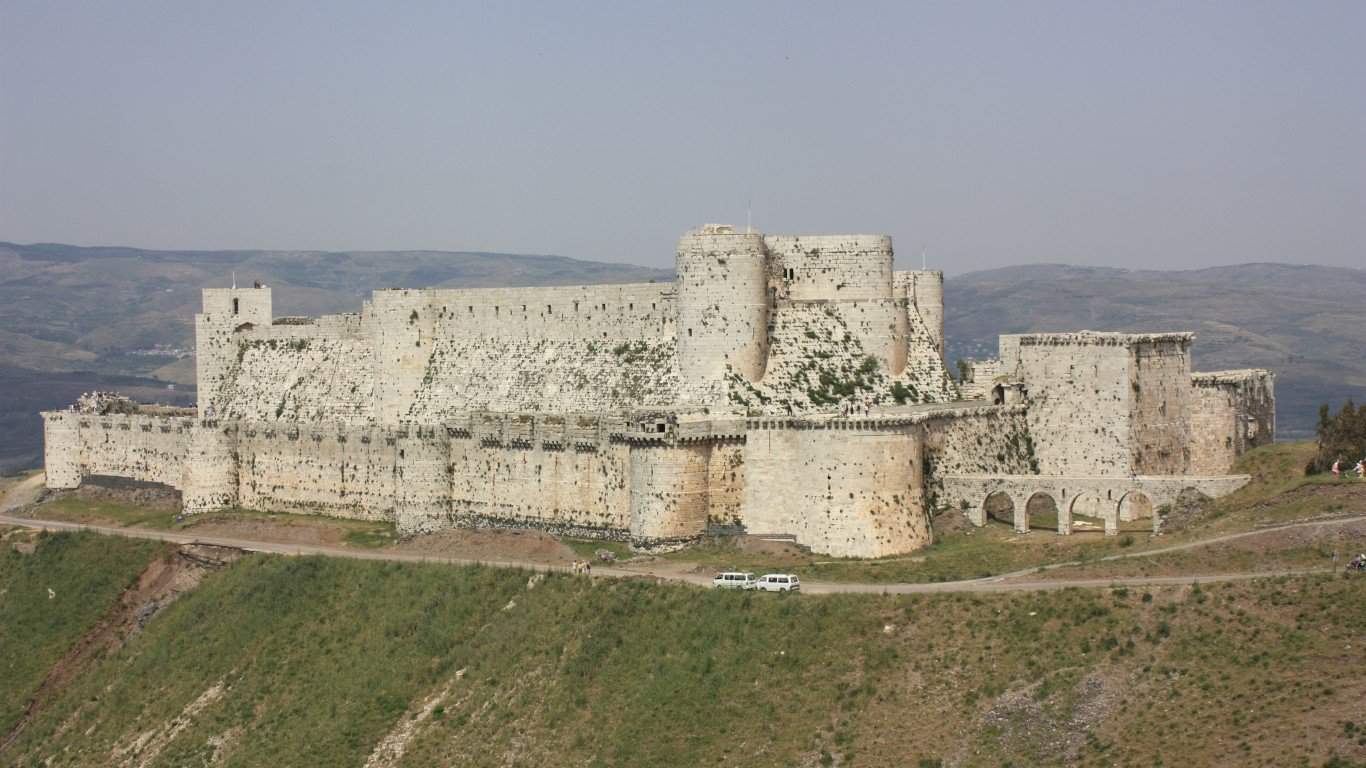As the philosopher George Santayana once said, “Only the dead have seen the end of war.” This is particularly true for some wars, which lasted hundreds of years, resulted in the deaths of untold numbers of people, and saw the entire landscape of the world change.
What’s more, wars that last this long often have the unexpected effect of influencing geopolitical actions and motivations well into the future. As such, let’s explore the longest wars of all time. (If you’re more inclined to maritime history, discover the 15 most pivotal naval battles in history.)
To compile a list of the longest wars of all time, 24/7 Tempo consulted a range of geopolitical and academic sources including World Atlas and Military History Now. From there, we selected the longest-running conflicts that had the most profound effect on the world in terms of geopolitics, borders, and future conflicts.
The Reconquista
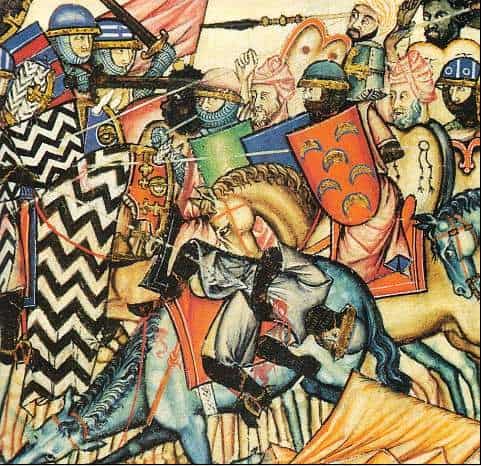
Spanning an incredible 781 years, the Reconquista was a series of conflicts between Spanish and Portuguese forces against the Muslims that controlled the Iberian Peninsula. It was also one of the longest wars of all time. The war started in the year 711 when the Islamic-Berber Army invaded the Spanish territory, with the Islamic-Berber forces gaining control of much of the Iberian Peninsula within a decade.
For a long time after, the Spanish and Portuguese forces were no match for the powerful, occupying Caliphate. That is until the Caliphate disintegrated in the 11th Century. From there, the Spanish and Portuguese kingdoms slowly regained power, resulting in a final defeat of the invading Islamic-Berber forces in Andalusia in 1492. This helped commence a new period for Christian Spain, which entered the Renaissance shortly afterward.
The Roman-Germanic Wars
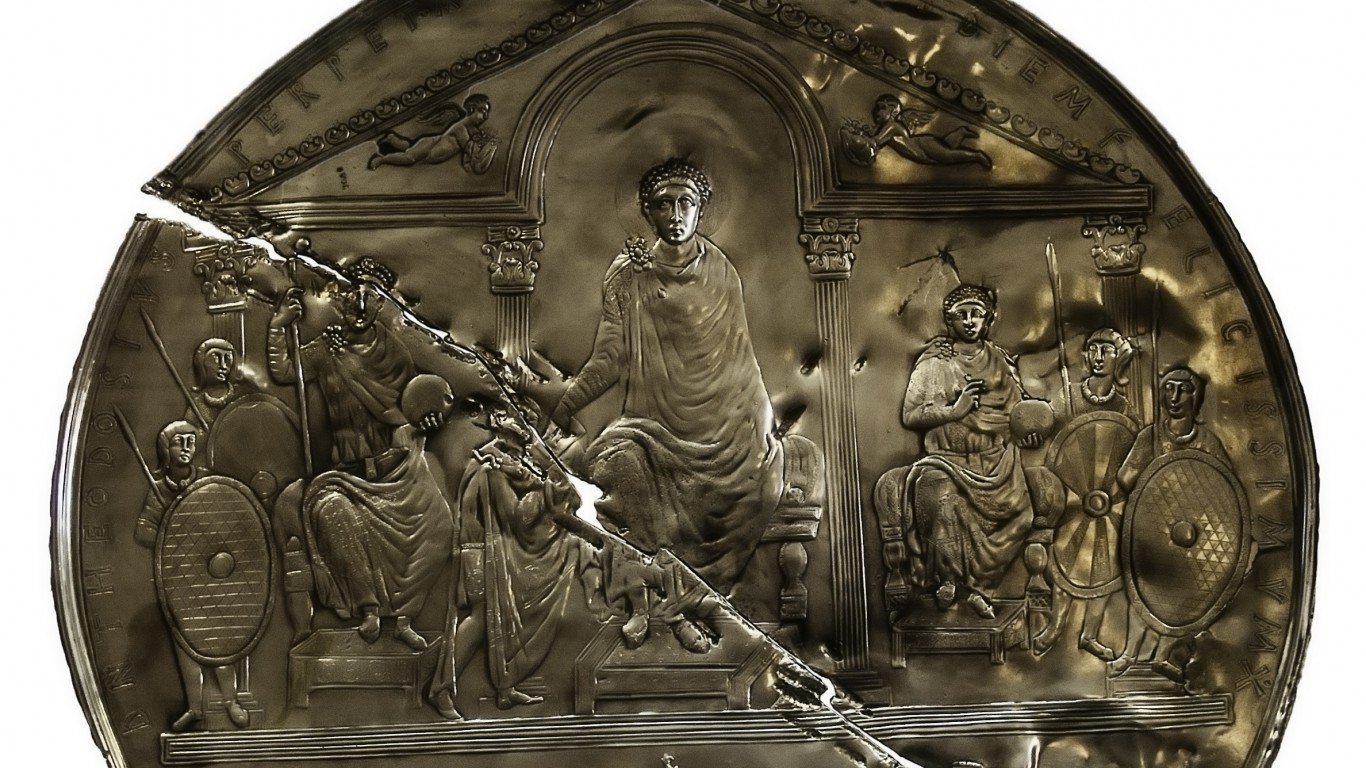
Never one to let sleeping dogs lie, the Roman Empire conducted a series of conflicts against various Germanic tribes starting in 113 BC. This resulted in one of the longest wars in history, lasting 708 years, and eventually displacing the Roman Empire and installing Germanic rulers in the seat of Rome.
Though countless skirmishes, conflicts, and battles occurred between the Romans and the Germanic peoples, the most important battle came in 476 AD. There the Germanic ruler Odoacer defeated Romulus Augustus, marking the end of the Western Roman Empire. After that, the Germanic peoples under Frank and Visigoth banners continued to disassemble the Western Roman Empire while fighting in the east with the Byzantine Eastern Roman Empire.
Anglo-French Wars
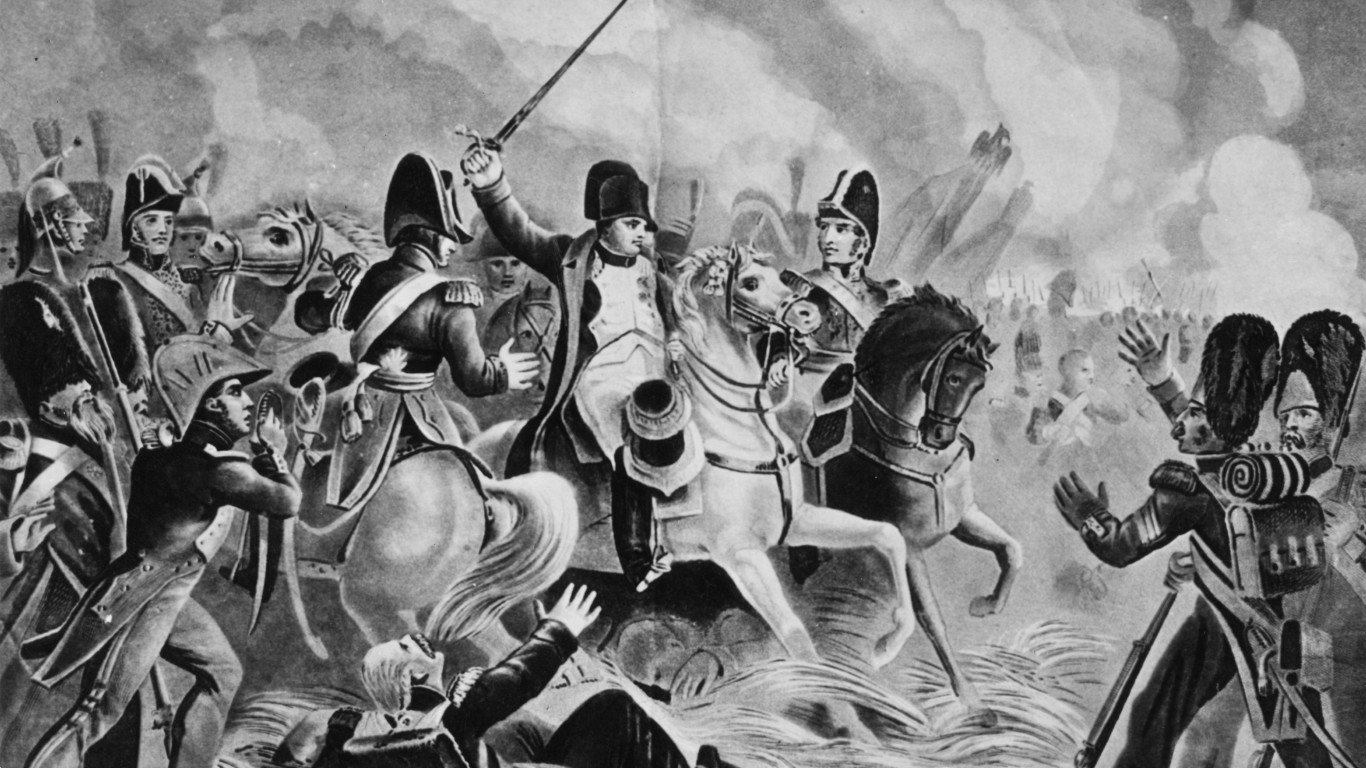
Lasting only two years less than the Roman-Germanic conflicts, the Anglo-French Wars continued for 706 years. Spanning from the years 1109 CE till the second defeat of Napoleon in 1815, the Anglo-French Wars primarily occurred on French territory. It should be noted, however, that while the conflict was ongoing between the two powers, long periods of peace over those 706 years also occurred.
Many innovations were catalyzed by the conflict as well, including the deployment of British Longbowmen. Moreover, the Anglo-French Wars resulted in many geopolitical maneuvers that still affect the world today. Not only did the long conflict inspire the countries to set up overseas colonies, but the French provided important resources to the newfound America in its revolutionary conflict against enemy England in 1775. (For other wars with legendary battles, discover the 10 deadliest battles in world history.)
The Roman-Persian Wars

As evidenced by previous entries on this list, the Romans had a habit of fighting long, drawn-out wars. One of these was the Roman-Persian Wars, which lasted 681 years between the 1st Century BCE and 628 CE. Starting with a failed negotiation between Persian ruler Mithridates II and Lucius Cornelius Sulla, the Roman-Persian Wars truly kicked off after the Roman Empire invaded Mesopotamia.
For the following centuries, it was frankly hard to tell who truly had the upper hand. Both sides achieved considerable victories and defeats in the battles and conflicts that followed. The final blow, however, would come when the Eastern Roman Emperor Heraclius and his brother Theodore defeated the Persian Empire. This caused the Persians to successfully sue for peace.
Byzantine-Bulgarian Wars
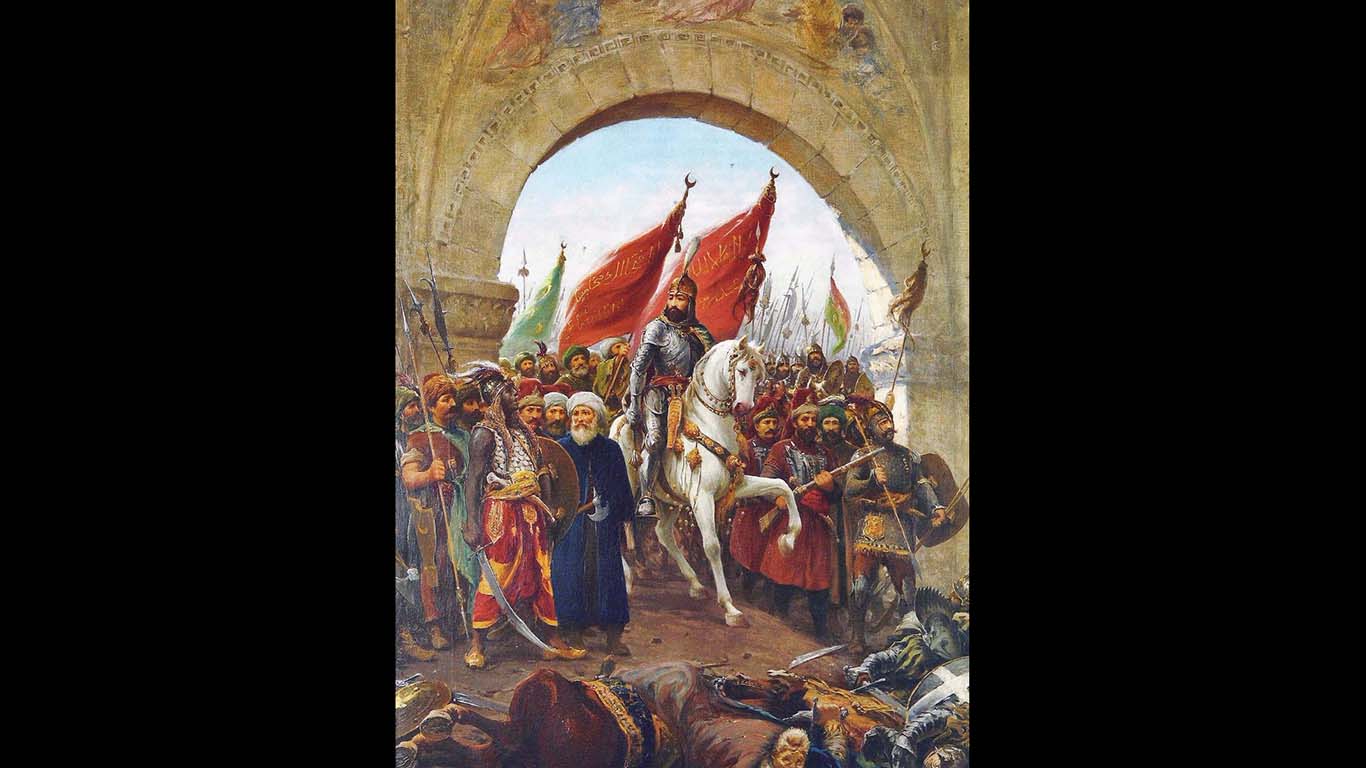
Another one of the longest wars of all time occurred between the Eastern Roman Empire and Bulgaria. Spanning the years 680 CE and 1355 CE, the Byzantine-Bulgarian Wars started when the Bulgarian Khan Asparuh moved his people into Byzantine territory. Though this posed a significant threat to the Byzantine Empire, the war saw just as many long-standing truces and peace treaties.
All that changed in the 1300s, however, when the Bulgarian Tsar Simeon and Tsar Ivan Alexander tried to further expand their kingdom into Byzantine land. Their conquest was successful, too, as the final series of battles brought victory to Bulgaria. This, ironically, led to the end of both empires and the conquest of the same land by the Ottoman Empire.
The Crusades
Less of a conventional conflict than a religious decree, the Crusades were a series of wars between 1095 CE and 1699 CE sanctioned by the Latin Church. Occurring as both an attempt by Christians to reconquer Levant regions controlled by Islamic forces as well as a pursuit to reclaim the Kingdom of Jerusalem, the Crusades were marked by tragedy, terror, and endless skirmishes.
Everyone from Christian knights to children found themselves on the violent pilgrimage. Though the Crusades officially finished in 1699 CE, others argue the Crusades never ended. Instead, it has transformed into an existential conflict that has greatly affected the Levant region as well as the relationship between Christianity and Islam to this day.
Arab-Byzantine Wars

Spanning over four centuries for a total of 421 years, the Arab-Byzantine Wars occurred between two large empires at the time, the Arabs and the Byzantine Empire. Starting with Muhammed’s opposition to the Byzantines in 629 CE, the Arabs largely won this series of conflicts and gained control of Egypt, Persia, and the formerly Roman Levant area.
That changed with the growing resurgence of the Byzantine Empire in the 10th Century. Occurring in tandem with parts of the Crusades, the Byzantine forces managed to push back the Arabs until they regained total control in the 1100s. This victory was short-lived, however, as the nearby Seljuk Turks grew into a more powerful threat than the Arabs. The Arab-Byzantine Wars also helped foment the long-standing unease between Europe and the Middle East.
The Yemeni-Ottoman Wars
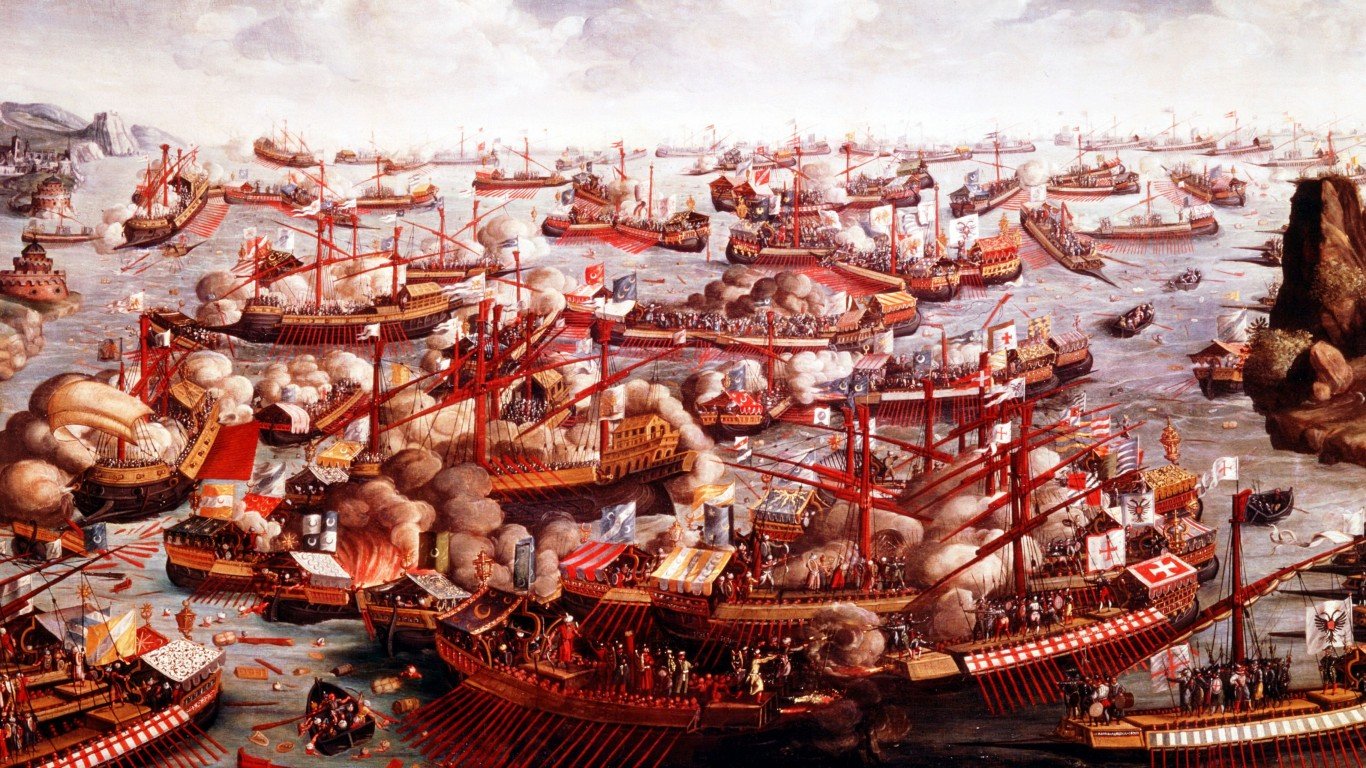
Another one of the longest wars of all time occurred between the Ottoman Empire and various Yemeni factions between 1538 CE and 1911 CE. The Ottomans expanded into the Arabian Peninsula and directly targeted what is now the country of Yemen. This led to a series of campaigns and conflicts, most notably by Ottoman rulers Selim II and Suleiman I.
Though the Yemenis put up a good fight, resulting in considerable losses on each side, they were no match for the powerful Ottoman Empire. In the end, the Ottomans gained large control of the territory, which had an enduring impact on Yemeni culture and history. Ultimately, in 1911, the Ottomans agreed to autonomy for Yemen.
Moroccan-Portuguese Conflicts
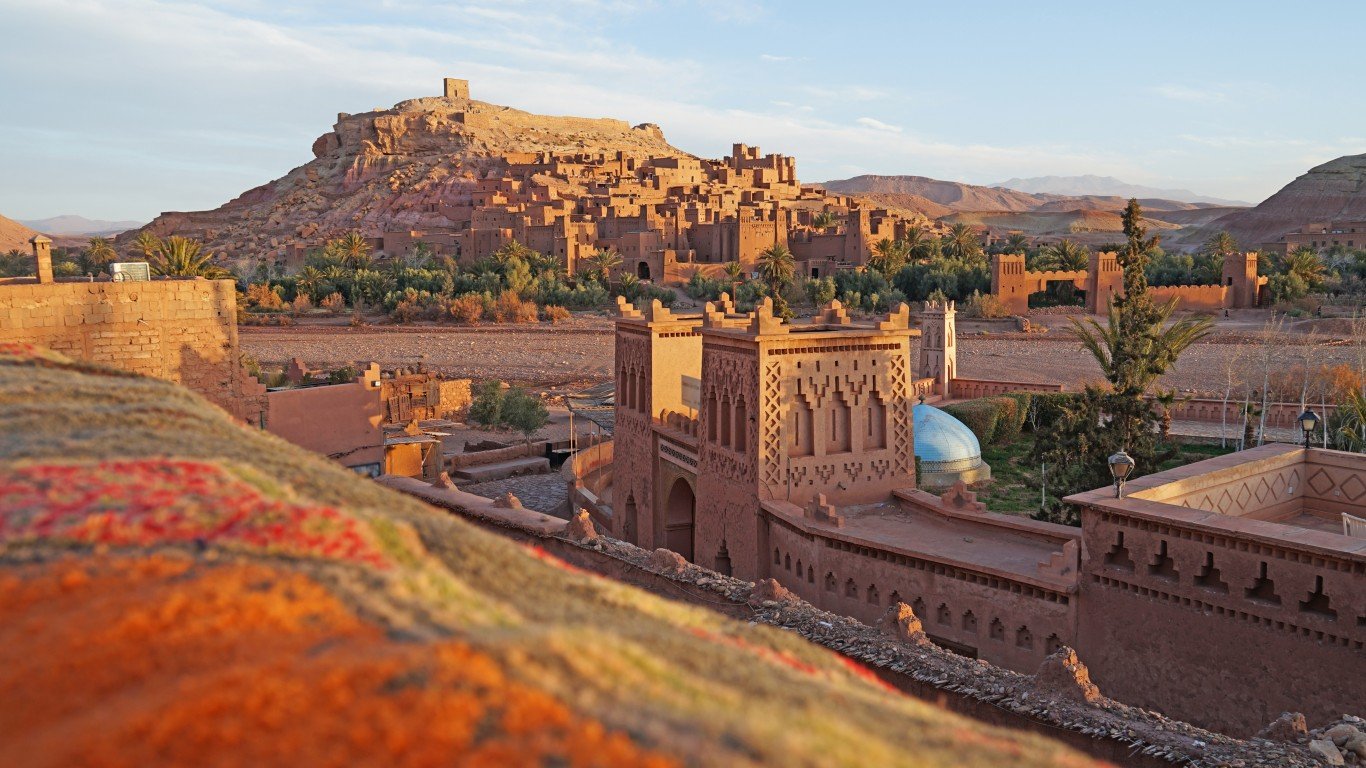
Another one of the longest wars of all time occurred between the Portuguese Empire and the Kingdom of Morocco between 1415 CE and 1769 CE. Hoping to maintain their naval dominance in the Mediterranean Sea, the Portuguese invaded the Moroccan coast, attempting to capture key cities like Tangier.
The Moroccans, however, responded in kind under the rule of various Sultans over the years. They scored a key victory against the Portuguese in 1578 under Sultan Abd al-Malik. Nevertheless, the Portuguese managed to maintain several castles along the coast after this battle. Ultimately, though, as history moved on and the Portuguese Empire grew weaker, it slowly abandoned all its outposts in Morocco, until it finally withdrew in 1769.
Russo-Turkish Wars
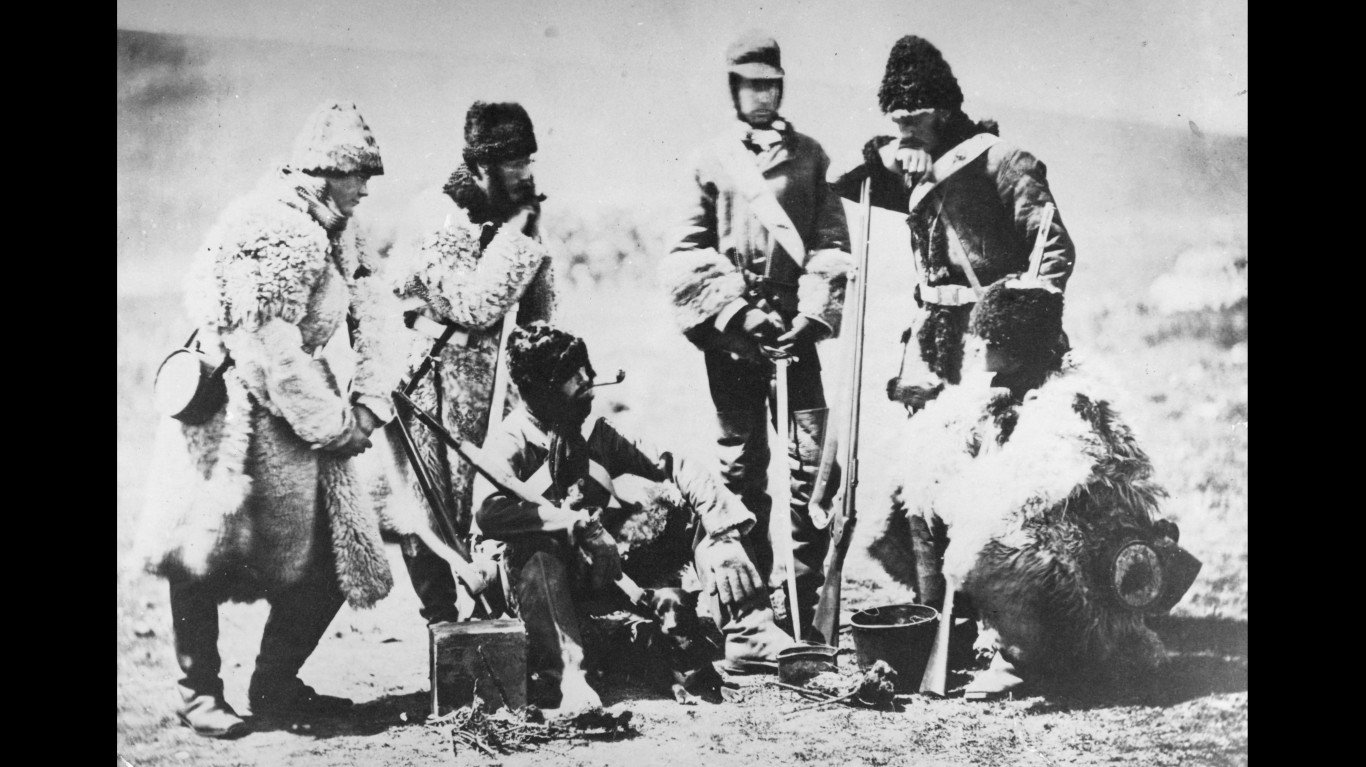
The Russo-Turkish Wars comprised a series of 12 conflicts between the Russian Empire and the Ottoman Empire from the years 1568 CE and 1918 CE. Though the wars concerned control of religious sites in the Holy Lands, the conflict kicked off after the Ottoman Sultan Selim II attempted to push out the Russians from the lower Volga region.
This incursion led to various conflicts over the years, most notably in the Crimean area which is still contested to this day. Though it was slow-rolling for a while, the wars were reignited when Russia declared war on Turkey for its involvement in the Greek independence movement. This led well into World War I, where Russia’s decisive victory over the Turks resulted in the Treaty of Brest-Litovsk in 1918. (For heroes of conflicts like these, discover 30 legendary warriors throughout history.)
